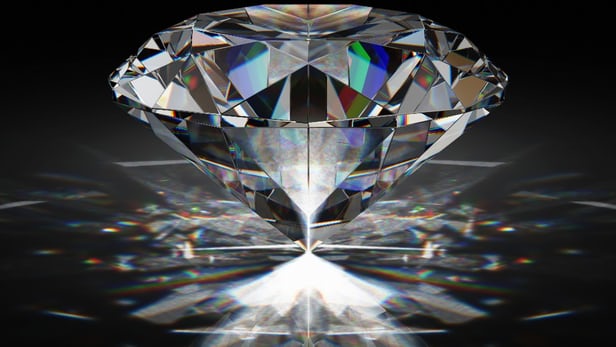
Breaking News
 John Solomon at Real America's Voice: Charlie Kirk is DEAD at 31! God Rest His Soul!
John Solomon at Real America's Voice: Charlie Kirk is DEAD at 31! God Rest His Soul!
 UPDATE: Suspect Who SHOT Charlie Kirk STILL AT LARGE...
UPDATE: Suspect Who SHOT Charlie Kirk STILL AT LARGE...
 At least 3 injured in shooting at Evergreen High School
At least 3 injured in shooting at Evergreen High School
 Chaffetz recounts terrifying moment Charlie Kirk was shot
Chaffetz recounts terrifying moment Charlie Kirk was shot
Top Tech News
 Methylene chloride (CH2Cl?) and acetone (C?H?O) create a powerful paint remover...
Methylene chloride (CH2Cl?) and acetone (C?H?O) create a powerful paint remover...
 Engineer Builds His Own X-Ray After Hospital Charges Him $69K
Engineer Builds His Own X-Ray After Hospital Charges Him $69K
 Researchers create 2D nanomaterials with up to nine metals for extreme conditions
Researchers create 2D nanomaterials with up to nine metals for extreme conditions
 The Evolution of Electric Motors: From Bulky to Lightweight, Efficient Powerhouses
The Evolution of Electric Motors: From Bulky to Lightweight, Efficient Powerhouses
 3D-Printing 'Glue Gun' Can Repair Bone Fractures During Surgery Filling-in the Gaps Around..
3D-Printing 'Glue Gun' Can Repair Bone Fractures During Surgery Filling-in the Gaps Around..
 Kevlar-like EV battery material dissolves after use to recycle itself
Kevlar-like EV battery material dissolves after use to recycle itself
 Laser connects plane and satellite in breakthrough air-to-space link
Laser connects plane and satellite in breakthrough air-to-space link
 Lucid Motors' World-Leading Electric Powertrain Breakdown with Emad Dlala and Eric Bach
Lucid Motors' World-Leading Electric Powertrain Breakdown with Emad Dlala and Eric Bach
 Murder, UFOs & Antigravity Tech -- What's Really Happening at Huntsville, Alabama's Space Po
Murder, UFOs & Antigravity Tech -- What's Really Happening at Huntsville, Alabama's Space Po
Diamonds turn nuclear waste into nuclear batteries

Case in point is the work of physicists and chemists at the University of Bristol, who have found a way to convert thousands of tonnes of seemingly worthless nuclear waste into man-made diamond batteries that can generate a small electric current for longer than the entire history of human civilization.
How to dispose of nuclear waste is one of the great technical challenges of the 21st century. The trouble is, it usually turns out not to be so much a question of disposal as long-term storage. If it was simply a matter of getting rid of radioactive material permanently, there are any number of options, but spent nuclear fuel and other waste consists of valuable radioactive isotopes that are needed in industry and medicine, or can be reprocessed to produce more fuel. Disposal, therefore is more often a matter of keeping waste safe, but being able to get at it later when needed.

 Tiny briefcase engine boosts EV range beyond battery power
Tiny briefcase engine boosts EV range beyond battery power 

